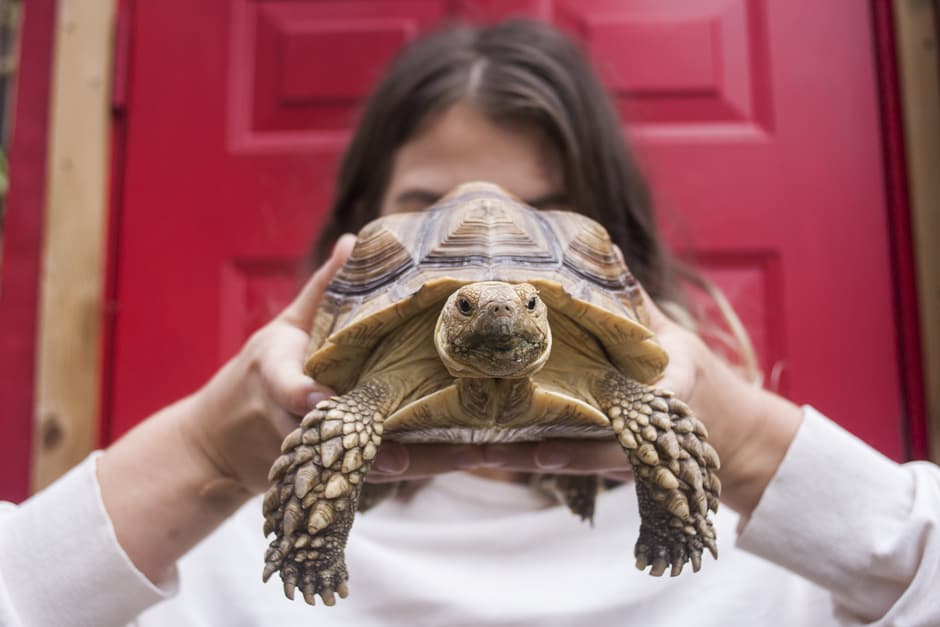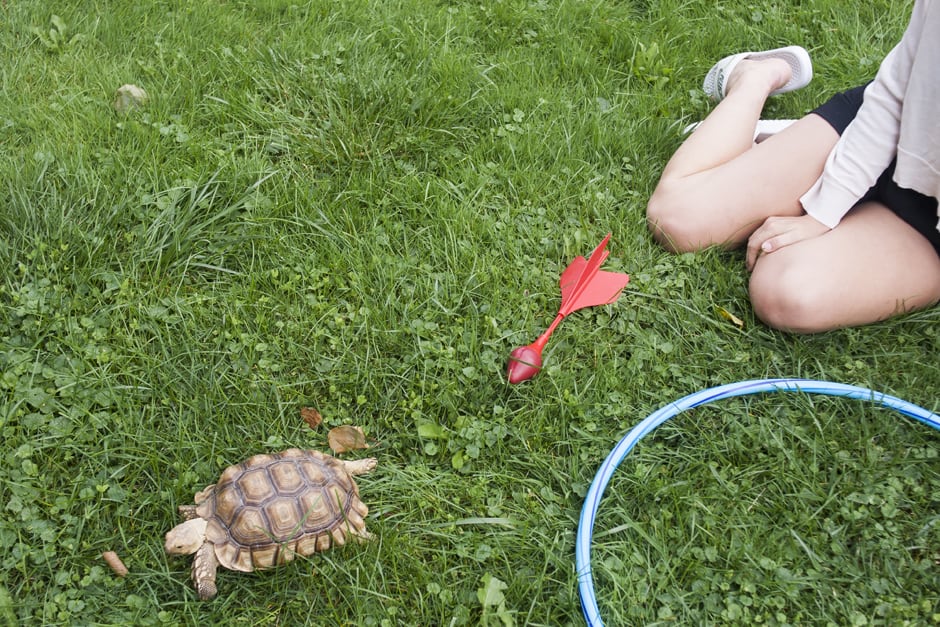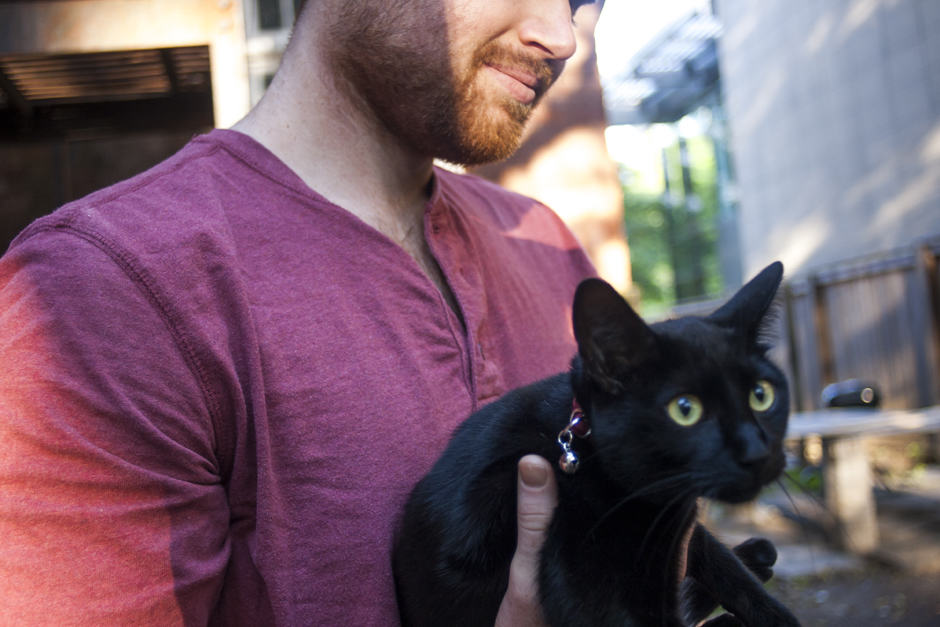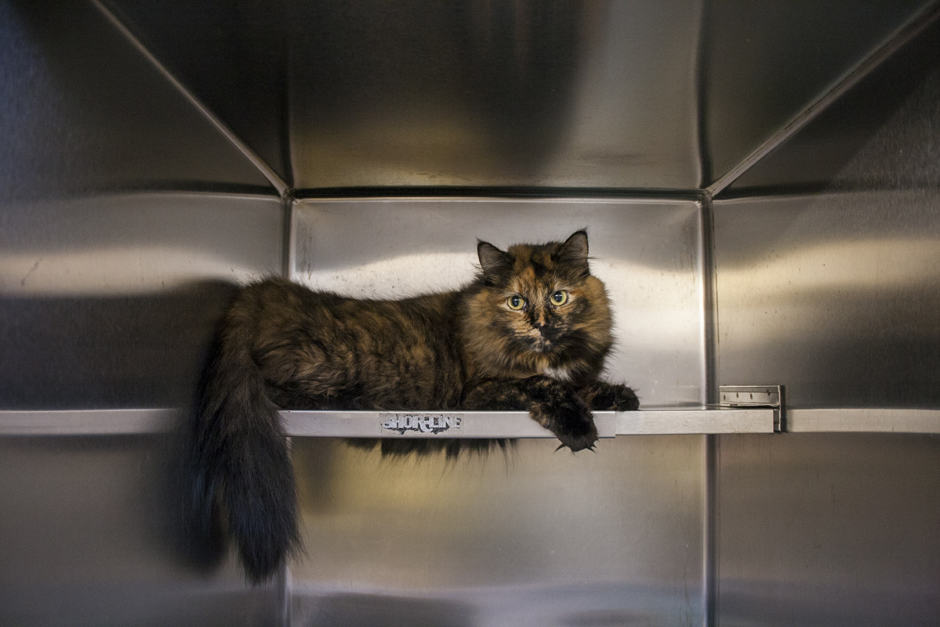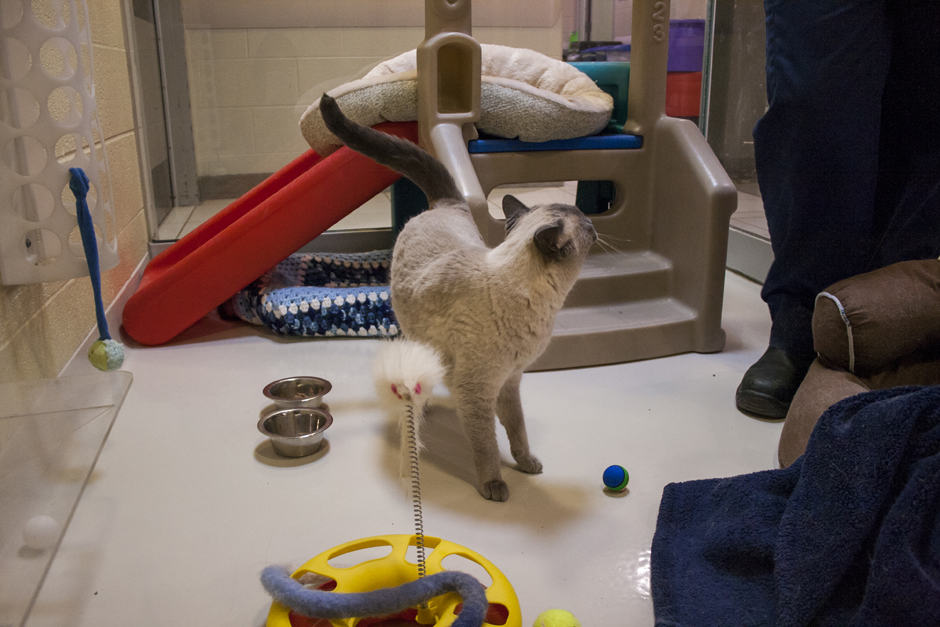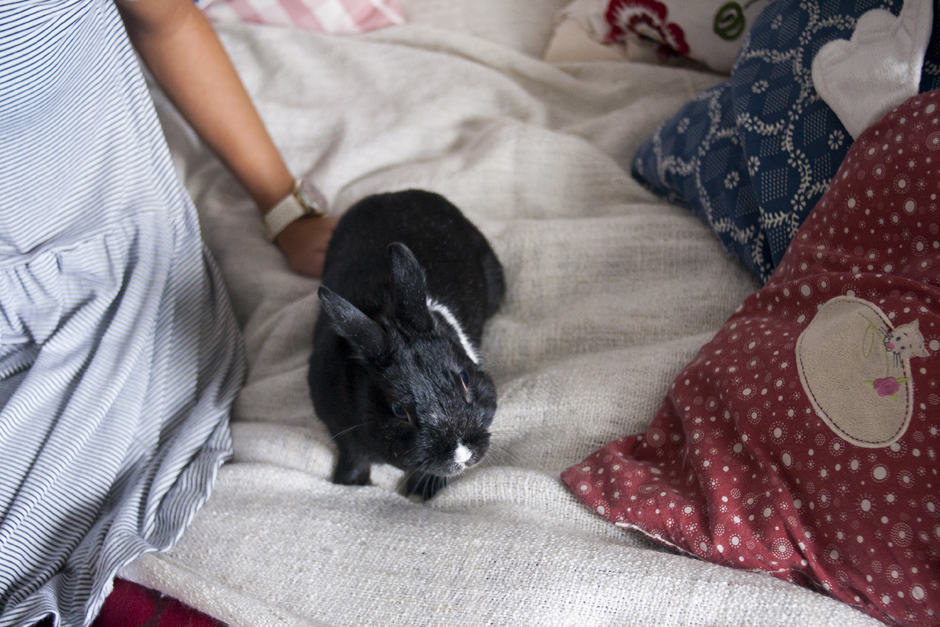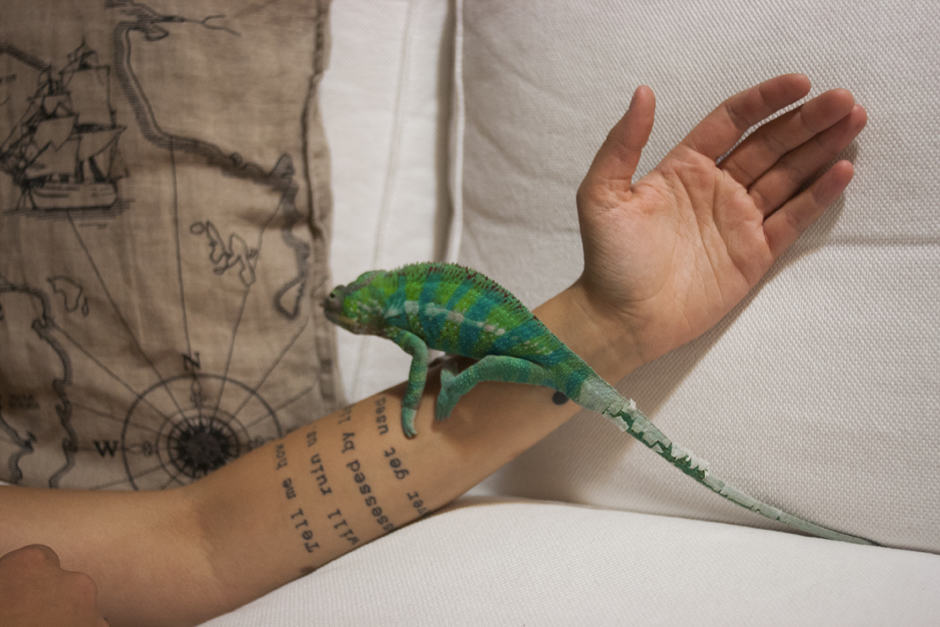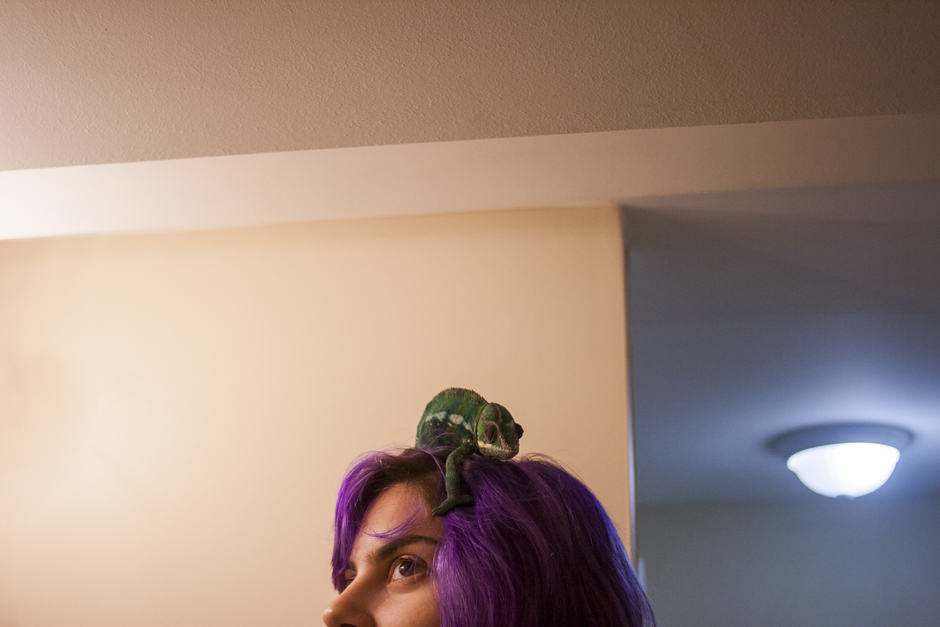In the past few years, animal therapy rooms have become ubiquitous on university and college campuses during exam season. These rooms — intended to provide students with the opportunity to de-stress and unwind with attention from furry friends — are a reminder of the positive influence animals can have on human well-being. Pets can be excellent companions, providing their owners with often much-needed affection and attention. Animal interaction has also been linked to decreased stress levels. However, while the idea of owning a pet in university may be appealing, the responsibility that comes with adopting an animal is substantial. With some research and long-term consideration, pet ownership or fostering can be a satisfying source of stress relief and affection for dedicated students.
A stress release
At times, university can be an overwhelming experience. Living away from home, commuting, and the challenges of managing course workloads can all lead to heightened stress levels. Animals and animal therapy programs have been increasingly helpful to students struggling with mental health issues or increased stress levels. A recent study conducted by Sara Staats, a professor of psychology at Ohio State University, concluded that owning a pet not only reduces stress in students and young adults, but that the companionship that a pet provides can help individuals overcome feelings of loneliness, which many undergraduates struggle with. The survey revealed that 18 per cent of students who own pets found that their animal companions helped them cope with the stresses and hardships of university life. The top reason for owning a pet, as cited by students and young adults, was to combat loneliness and isolation.
Hollie Devlin, a therapy dog evaluator with St. John Ambulance agreed, “Students are under a lot of pressure, especially those who are away from home for the first time. Just the act of petting a dog alone can raise cortisol levels.” Cortisol, an adrenal hormone, regulates the body’s reaction to stress, including the moderation of blood pressure and blood sugar, enabling students to better manage their stress and combat anxiety.
Requiring no medication or psychotherapy, pet therapy is a successful way of easing exam stress and relieving anxiety and loneliness. “It is a fun, relaxed, shared experience with friends,” said Devlin.
Animal therapy benefits the pets as well as the participants. “Pet therapy allows students to just relax and pet or play with a dog who wants nothing more than a belly rub or ear-scratch,” explained Devlin, “We’ve seen a dramatic surge of interest from schools, including universities, colleges, high schools, and also some grade schools and specialty schools. During the 2013–2014 school year we visited over 6000 students at more than 60 separate events at various departments, faculties, and residences.”
Unlike service dogs, therapy dogs do not undergo extensive training; however, an evaluation process is required by most organizations. “Dogs must be at least a year old to be evaluated, although we usually recommend that handlers wait until dogs are two years old so they are more mature,” said Devlin, “We ensure that the dog wants attention and likes to be petted, [and] is friendly and well-balanced.”
The positive effects of animal therapy can be substantial. Many universities nationwide have opened puppy rooms and kitten rooms during exam time so students can unwind and de-stress while interacting with canine and feline companions. It is an easy and fun way to relieve stress, and the benefits these animals provide to students are invaluable. “Many times I’ve observed students come into [therapy] dog sessions talking and moving fast and [then] seen them leave moving slower, with their shoulders lower and smiling like crazy,” said Devlin.
Realities of pet adoption
While owning a pet can be a rewarding, constructive experience, the responsibilities involved are not always compatible with the realities of student life. As such, performing extensive research prior to adopting an animal is essential. Toronto is host to hundreds of animal wellness centres, specializing in various animal conservation activities. Organizations like the Toronto Humane Society (THS), Toronto Animal Services (TAS) and the Ontario Society for the Prevention of Cruelty to Animals (OSPCA) can help students determine if their lifestyle suits pet ownership and find a pet that matches their level of commitment, financial situation, and schedule.
“Looking for a potential pet owner is really about making a good match,” said Mary Lou Leiher, program manager with TAS, “We like to see that the adopter can make the required emotional and time commitment and that [they] understand the potential financial commitment. Beyond that, we try to find the best animal for the owner’s lifestyle and personal preference.”
Once students have determined that they are interested in pet adoption, the next step is to decide which species, age, and breed is the best fit. Small pets, including hamsters, guinea pigs and fish, require a relatively small time commitment aside from regular habitat maintenance and feeding. However, size is not always indicative of the care an animal requires — rabbits, depending on the breed, can have a predicted lifespan of 10 years.
Adopting a cat or dog requires a much higher level of commitment. “A potential adopter should consider the time commitment for a pet — this is a big one,” said Leiher, as both dogs and cats require mental, physical and emotional stimulation from their owners. Taking into consideration your class schedule for the next year and extracurricular activities is important, but thinking more long-term will enable you to decide if adopting a dog or cat is best for you and the animal. Travel plans, life after graduation, and potential future living conditions are all key factors to consider.
“Dogs need much more social time and exercise with their owners than cats, and this varies greatly with breed,” said Leiher, adding “Although cats require less time, many people don’t realize that cats also require daily play and exercise with their owner.”
The financial obligations of pet ownership can be substantial. Total annual expenses can occasionally exceed $1,000 — an often surprising figure for first-time pet owners. Spaying or neutering your pet, regular health check-ups, microchip implanting, registering your pet, and pet-proofing and modifying your home all add up to substantial costs that not all students anticipate. Unfortunately, this financial burden can lead to pet surrendering or abandonment.
“We don’t keep data on the age or demographic of people who surrender pets,” said Leiher, “[but] my sense is that we don’t see more surrenders from [the young adult or student] demographic than any other.” Although surrendering an animal is never ideal, Leiher said TAS understands that people are often left without options. “It’s our belief that the decision to surrender a pet is very difficult for most people and so we try to offer as much support as possible. There are many valid reasons for pet relinquishment. Having said that, it’s fairly obvious when an owner just hasn’t really bonded with the pet and hasn’t made the emotional commitment. This also occurs with some regularity,” she added.
“A very rewarding experience”
Although the idea of owning a pet can seem appealing, the reality is that most university students are not ready for the responsibility and commitment that owning a pet — especially a dog or cat — entails. Fortunately, animal fostering provides a solution for students looking for a companion without the long-term commitment. “Fostering is an excellent option [for students],” said Leiher. Most fostering opportunities with TAS are with cats and kittens. The commitment ranges from a few weeks to eight months depending on the specific case. “A fosterer is required to make a short term commitment to the animal and TAS retains financial responsibility for the pet,” said Leiher. This makes fostering an ideal option for students who are unsure about their ability to commit financially and logistically to adopting a pet.
Although being a foster parent to an animal requires less of a commitment than adoption, fosterers are required to give animals round-the-clock care, something fourth-year student and kitten fosterer Toula Nikas knows all too well. “When they first came to us they were extremely defensive and timid,” said Nikas, referring to Gus and Grey, the one-month-old kittens she and her two roommates fostered for two months. Kitten-fosterers need to provide the animals with a quiet, clean environment. The animals are fostered until they are old enough to be neuteured or spayed, after which they are eligible for adoption.
Nikas, who is ironically severely allergic to dogs and cats, maintains that she wanted to lend a helping hand in light of the growing problem of feline overpopulation in Toronto and the GTA. “Unfortunately, overhead for these kittens is very limited,” said Nikas, adding, “rescue programs have no option but to put them down if they cannot find a temporary living situation for them until a permanent solution can be arranged.”
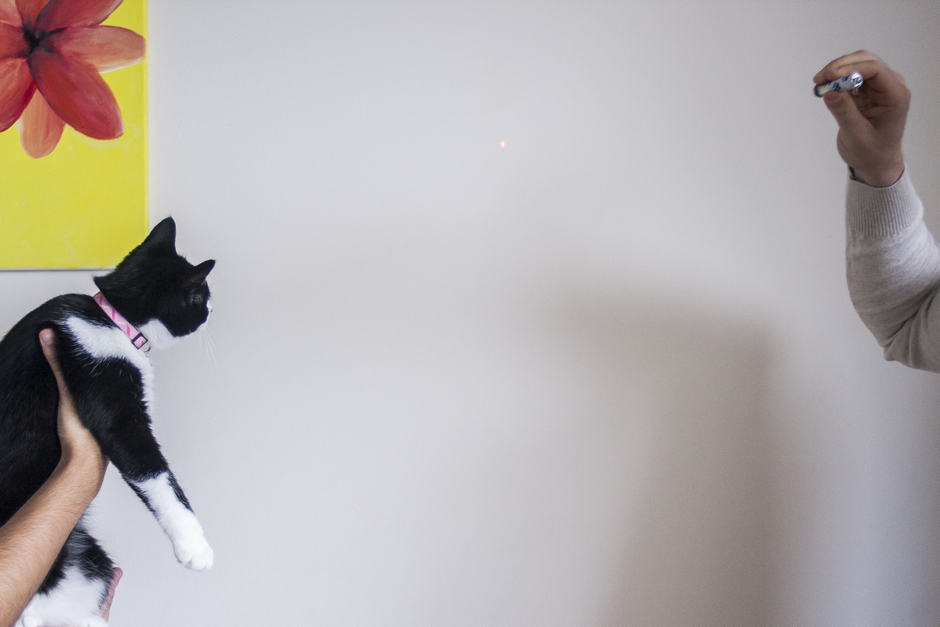
Third year computer science student Jon and third year economics student, Andy playing with their cat, Calypso.
What started as a humanitarian effort turned out to be a rewarding emotional experience for Nikas, one that she would do again. “My roommates and I were so happy knowing that we ensured the kittens’ survival [by] providing them with a temporary home,” she said, adding, “I would most definitely foster kittens again if I had the opportunity.” With that in mind, Nikas also has a disclaimer for students considering animal fostering: “[I was] able to dedicate more time to the kittens because we had them during the summer. I think it would be a little different during the school year, so I would suggest ensuring that you truly do have the time and some funds to dedicate to the animals.” Depending on the organization, some costs associated with fostering, including food and litter, may be the responsibility of the owner.
Shauna Edgar, a fourth-year student at U of T, also found the feline fostering experience to be beneficial. “I highly recommend that students foster if they love animals, have experience taking care of them and socializing them and are dedicated to the idea,” she said. She cautioned, however, that the decision to foster is not something to be taken lightly, noting, “[A]t times it can be fairly challenging and stressful depending on the pet and its issues.”
Edgar fosters cats through the Toronto Cat Rescue (TCR), and has had a positive experience working with the organization, “TCR is quite good as they keep in close contact with you to hear how the cat is doing… they keep your experience in mind when recommending fosters for you.”
Edgar, who shares the responsibility of fostering with her partner and her roommate, has taken on cats with different varieties of needs ranging from socializing shy animals to administering medication. Communicating with the organization prior to accepting a foster can help students understand the scope of responsibilities they will face. “You have to know what you’re getting into,” said Edgar, “but it is a very rewarding experience.”
Despite the time commitment of pet ownership or fostering, the experience is generally rewarding for both pet and owner. “I have definitely benefitted a lot from fostering with TCR. As someone that has struggled with anxiety and depression my whole life, it is extremely comforting to come home to a pet that provides unconditional love, and I’ve found it incredibly therapeutic,” said Edgar. “I have often joked that a doctor should really just give me a prescription for a pet cat. Even with just regular day-to-day stress, it’s so calming to come home from a long day of class and pet our foster cat.”

